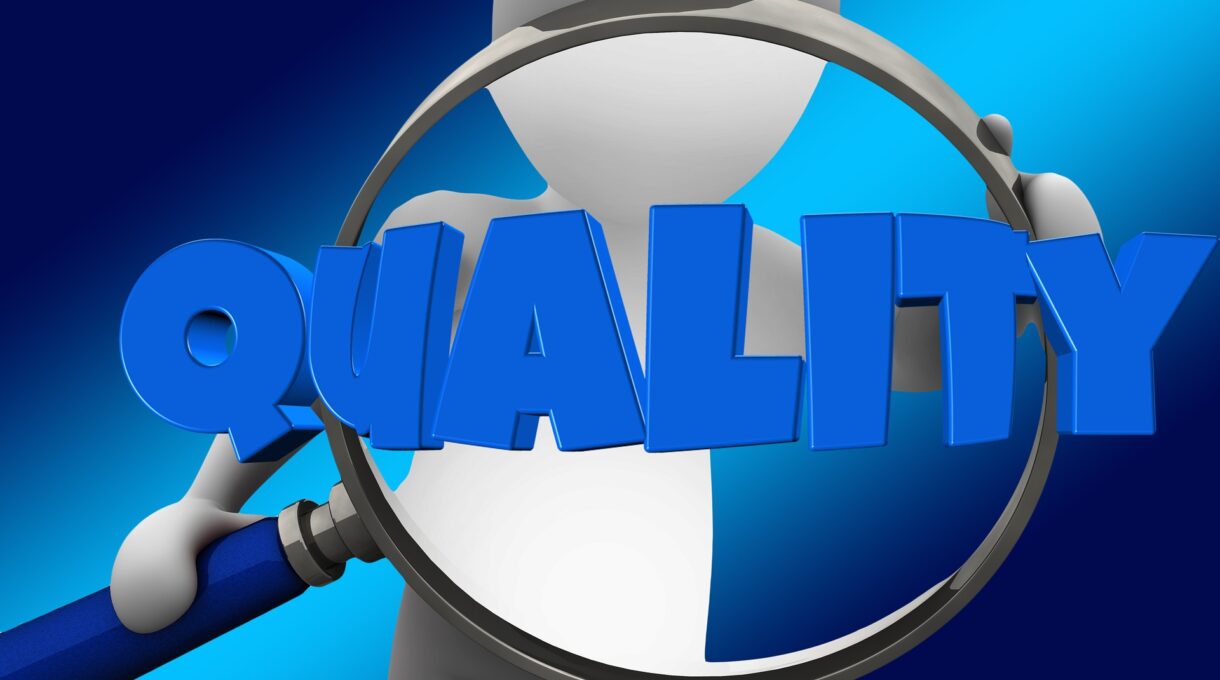When you work in the industry, quality control in painting ensures your long-term success. It encompasses meticulous attention to detail, rigorous inspection, and adherence to standards. From surface preparation to final inspection, every step plays an important role in ensuring consistency and excellence in every project!
The role of surface preparation
Surface preparation plays a big part in quality control in painting. By meticulously cleaning, sanding, and priming surfaces before working on them, you create a smooth and stable foundation for the paint to adhere to. This results in a more aesthetically pleasing finish and helps prevent issues like peeling and cracking down the line. Proper surface preparation can also significantly increase the lifespan of your work, saving you time and money on future touch-ups or repairs. Finally, it ensures that every layer applies evenly, creating a uniform appearance throughout the surface. Therefore, investing time and effort into surface preparation may seem tedious, but the benefits far outweigh the initial effort.

Selecting the right requisites
Selecting the right requisites is a big part of quality control in painting. From choosing the appropriate paint type to selecting high-quality brushes and rollers, every decision matters. Of course, factors such as the surface type and desired finish should guide your material choices. In addition, considering environmental factors like humidity and temperature can ensure optimal performance. Furthermore, using eco-friendly and low-VOC paints contributes to a healthier indoor environment.
Similarly, you need to take proper care of your work supplies, both during storage and transport. So, you may want to take advantage of Verified Movers Reviews, which is dedicated to revealing the best moving companies available, to find a moving company in your area that can offer top-tier transport and storage services. This way, they can hold your supplies under ideal storage conditions and help you set up your workspace quickly and efficiently.

Mastering application techniques
Mastering application techniques is also helpful for achieving professional-grade results in your projects. Whether brushing, rolling, or spraying, employing the right technique ensures even coverage and smooth finishes. Proper application techniques enhance the aesthetic appeal of your work and contribute to its durability. Applying paint evenly and smoothly protects your paint job from wear and extends its lifespan. Besides, mastering these techniques allows you to work efficiently, saving time and effort! Practice and patience are key to honing your skills in painting application. However, experimenting with different tools and methods can help you discover what works best for each project. Still, remember to always follow manufacturer instructions and recommendations for optimal results.

Implementing inspection and monitoring processes
Implementing inspection and monitoring processes is immensely helpful for ensuring the quality of your projects. Regular checks allow you to identify any issues promptly throughout the working process. This includes inspecting surfaces for imperfections before painting and monitoring the application for consistency. You can catch any mistakes early on by conducting thorough inspections and making necessary adjustments. Finally, a final inspection before project completion ensures that the result meets your standards. Monitoring the progress of your painting project helps maintain consistency and excellence across every job. Therefore, incorporating these inspection and monitoring processes into your workflow is a proactive approach to quality control.
Addressing common quality control challenges
Addressing common quality control challenges can be a great way to maintain consistency and excellence. The first step is to identify challenges such as inadequate training, materials, or time constraints. By recognizing these obstacles, you can develop strategies to overcome them. Providing comprehensive training for your team ensures they have the skills and knowledge needed to deliver high-quality results. Similarly, investing in high-quality materials and equipment minimizes the risk of issues when working.
Furthermore, proper planning and time management help mitigate the impact of tight deadlines. Collaborating with clients and stakeholders to set realistic expectations and timelines is also important. Finally, fostering open communication allows for addressing any concerns or issues promptly.
Leveraging technology for enhanced quality control
Leveraging technology for enhanced quality control can make a real difference in the painting industry. Utilizing tools like digital color matching ensures precise color consistency across projects. Automated inspection systems also help detect imperfections early, ensuring a flawless finish. In addition, project management software streamlines communication and organization, facilitating smoother workflow. You can also increase efficiency and accuracy by integrating technology into your quality control processes. So, these advancements save time and enhance the overall quality of your work! Embracing technology also demonstrates a commitment to innovation and excellence in painting. Finally, as technology continues to evolve, staying updated on the latest advancements is important for staying competitive in the industry.
Continuous improvement and feedback loop
Continuous improvement and feedback loops help maintain and gradually improve quality control in painting projects. Embracing a mindset of continual growth allows you to constantly improve as a professional painter. Collecting feedback from clients and stakeholders also provides valuable insights into areas for enhancement. By listening to feedback, you can identify strengths and weaknesses in your work and make necessary adjustments. Similarly, incorporating feedback into your painting process fosters a culture of learning and development. Finally, seeking out opportunities for professional development, such as workshops or training programs, enhances your skills and knowledge base. A feedback loop ensures you stay responsive to changing client needs and industry trends!
Set a standard of excellence in the industry
Quality control in painting is not just another point on your checklist to tick off; it’s a commitment to excellence! By following our advice, painters can achieve consistent and impeccable results. From surface preparation to final touches, each step contributes to the overall quality and longevity of the paint job. Therefore, embracing quality control practices ensures satisfaction for both painters and clients, setting a standard of excellence in the industry!

